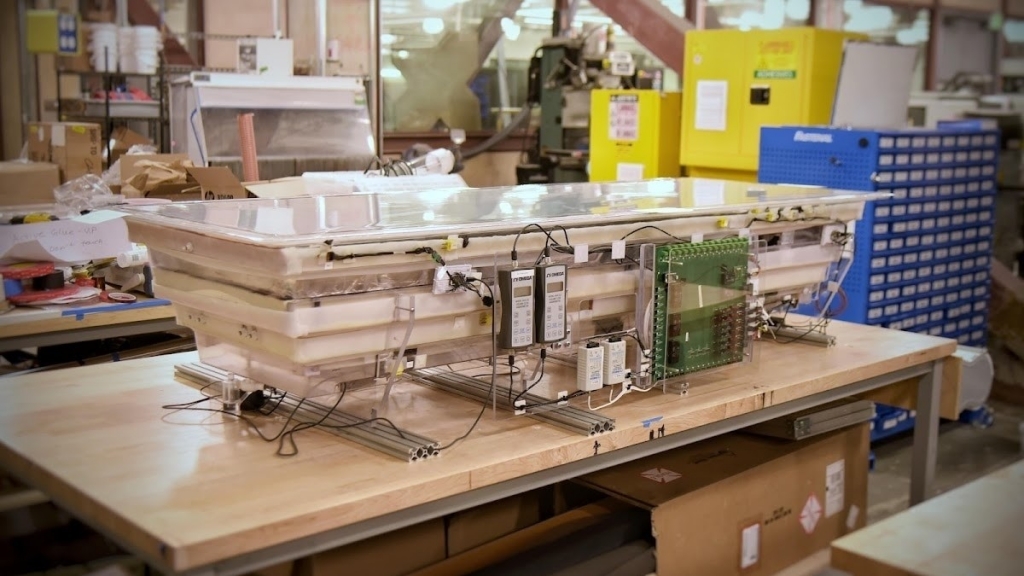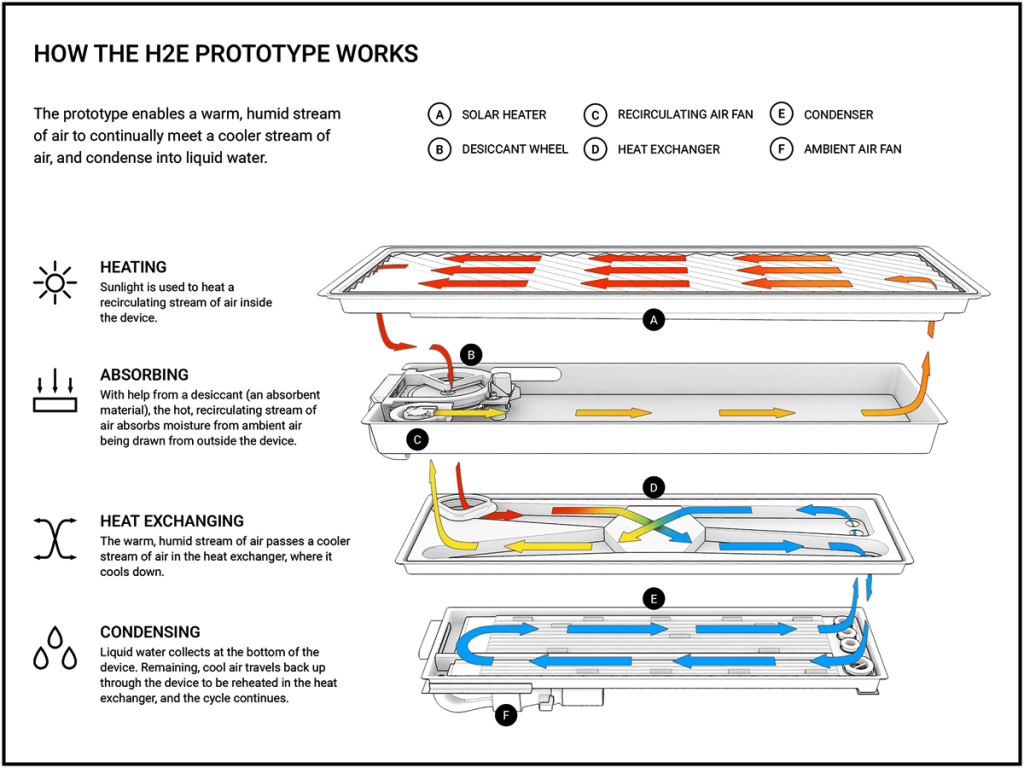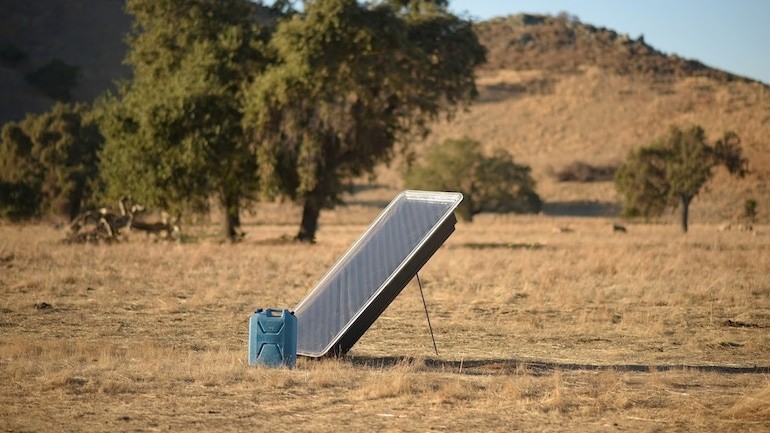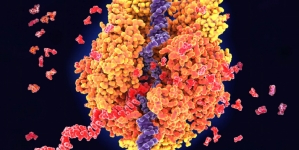-
LONDON: Indian-Origin Teen In UK Gets “Life-Changing” Cancer Treatment - 2 days ago
-
SILICON VALLEY: All About Pavan Davuluri, New Head Of Microsoft Windows - 2 days ago
-
LONDON: UK’s India Gate To Commemorate Role Of Indian Soldiers From World Wars - April 24, 2024
-
HARARE: Shri Bramha Kumar appointed as the next Ambassador of India to the Republic of Zimbabwe - April 23, 2024
-
LONDON: Indian-Origin Principal Wins UK Legal Challenge Over School Prayer Ban - April 23, 2024
-
TORONTO: Indian-Origin Doctor Needs ₹ 2 Crore For Legal Fees. Elon Musk Responds - April 22, 2024
-
KINSHASA: India-Democratic Republic of Congo Foreign Office Consultations - April 21, 2024
-
LONDON: UK Court Allows Sale Of Nirav Modi’s Luxury London Apartment - April 21, 2024
-
TEHRAN: Travel advisory for Iran and Israel - April 20, 2024
-
LUXEMBOURG: Shri Saurabh Kumar concurrently accredited as the next Ambassador of India to the Grand Duchy of Luxembourg - April 20, 2024
PARIS: Climate crisis to worsen water scarcity: Researchers develop prototype to harvest water from air
PARIS: The world is careening towards
a global water crisis as freshwater resources are likely to fall by 40 per cent
by 2030. In a bid to tackle the imminent challenge, researchers are planning to
harvest water from the air. Atmospheric Water Harvesters (AWH) could pull the
life-sustaining liquid from the air that could benefit underserved communities
with poor access to clean water.
Led by
Jackson Lord of X, The Moonshot Factory, researchers have designed and built a
prototype model that runs on solar energy and replicates the process of
condensation on a smaller scale. The team managed to create enough water to
keep a person hydrated in many dry places.
In a paper published in the journal Nature,
researchers from Google, WHO, UNICEF and X Moonshot Factory detailed the process and the
design of their prototype, stating such a device could meet a target average
daily drinking water requirement of five litres per day per person.

“Ensuring
reliable access to safe drinking water for all remains a global challenge, and
is formally recognised as an international development priority by 2030 in the
United Nations framework for global development priorities, the Sustainable
Development Goals,” researchers said in the paper.
GLOBAL WATER SCARCITY
According
to the World Health Organization (WHO), 2.2 billion people worldwide do not
have safely managed drinking water services, 4.2 billion people do not have
safely managed sanitation services, and three billion lack basic handwashing
facilities. According to the UN body’s Joint Monitoring Programme report,
nearly one in three people worldwide
don’t have reliable or affordable access to safe drinking water. The figures are likely to
go up as climate change makes the situation difficult.
“The
scale, severity and human cost of this problem are one of the reasons teams at
X have been hunting for moonshots in the clean water space for many
years,” researchers said in a statement. The team found that daytime
climate conditions may be sufficient for continuous-mode atmospheric water
harvesters operation in the regions with the highest human need.
HOW IS WATER PULLED OUT OF AIR?
Researchers
have developed a prototype harvester that works on the principle of
condensation. Condensation refers to the process of converting gas (vapours)
into liquid (water). When warm, humid air meets cooler air or hits a cooler
surface, the molecules in it slow down and cool into liquid.
It’s the
same process from which clouds are formed in the atmosphere, or beads of water
collect on a cold can of soft drink on a hot summer day. Researchers using this
process designed a harvester consisting of a solar heater, air fan, condenser,
ambient air fan and a heat exchanger.

Sunlight
is used to heat the recirculating stream of air on top of the machine, which
absorbs moisture from ambient air. This warm humid stream of air passes through
a cooler stream of air in the heat exchanger and cools down. The cooling down
air converts into liquid which is collected at the bottoms of the device and
the remaining air travels back to be heated in the heat exchanger and the cycle
continues.
“After
three years of work, the team felt confident they could build a device that
would produce water for $.10 per litre; however, it would have taken
significant development work and iteration to prove feasibility at $.01 per
litre,” X, Moonshot said in a statement.
Researchers
also released geospatial analysis tools and datasets to help guide future AWH
implementation and design strategies along with AWH-Geo, which can be used to see where
harvesters would be most useful and what outputs would be needed for them to
perform best.
The paper
concluded that technology development is only one part of the complex problem
to provide safe water access to all, user-centric research with a wide variety
of end-users is critical for ensuring that devices are adopted widely.























